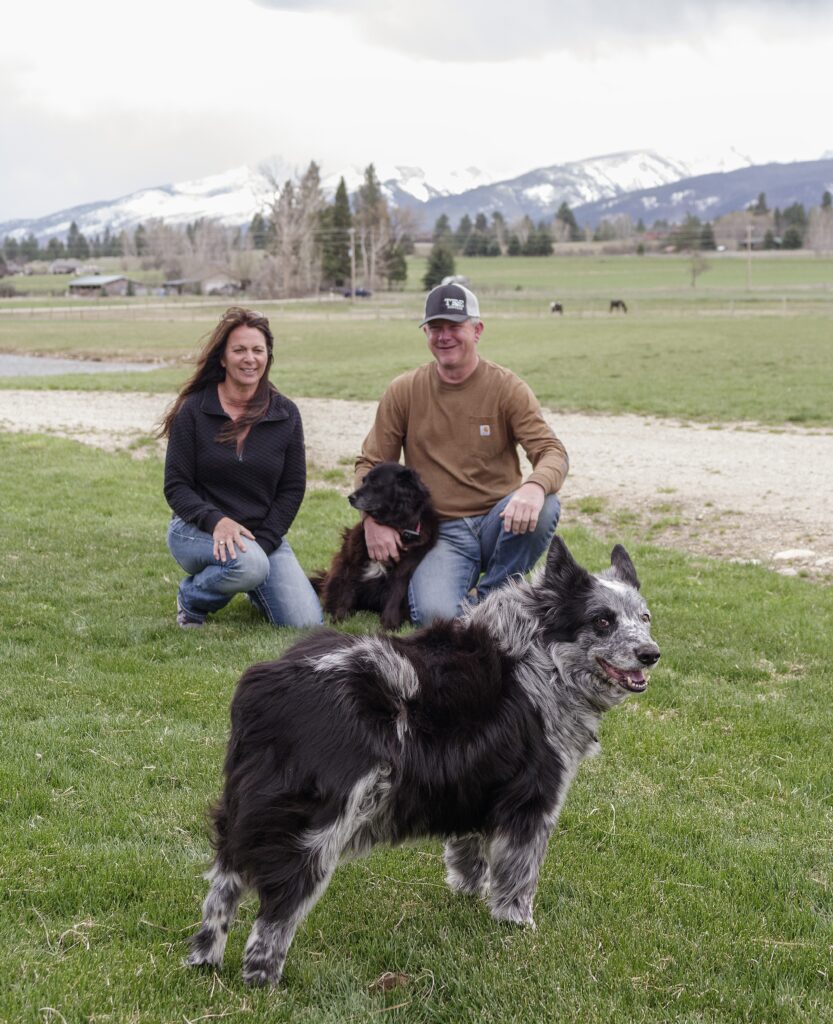 The old ranch dog, Scooter, stands in the doorway of the barn at Buker Ranch on a spring afternoon. The names of the 5 Buker children are scribbled on the wooden barn door, a lasting testament to a family’s presence in a beloved place.
The old ranch dog, Scooter, stands in the doorway of the barn at Buker Ranch on a spring afternoon. The names of the 5 Buker children are scribbled on the wooden barn door, a lasting testament to a family’s presence in a beloved place.
Scooter was the righthand man to John “Ranger Jack” Buker, the father of Clarissa (Buker) Patzer and James Buker, who are sitting and visiting in the barn with Clarissa’s husband, Tony Sheerer, about growing up on the ranch. When Jack passed away on the ranch several years ago, Scooter was right by his side. When Scooter was given a new address, he managed to find his way back to his ranch where he still stands guard today.
Clarissa says, “Everyone moved away, but we always make it back to the ranch. The kids… a horse… even the dog,” she laughs. “We’re all back on the ranch.”
Situated where Big Creek Canyon meets the valley floor in Victor, the ranch was homesteaded in 1880 by Clarissa and James’ great-great grandfather John M. Buker under the ‘Homestead Act’ signed by President Cleveland. The ranch has historically farmed hay and raised cattle and horses. And, thanks to a hard work ethic and love of the land that spans 9 generations, the 160-acre ranch will be forever protected through a conservation easement.
The Buker family’s determination to keep the same land in their family has required grit and sacrifice for nearly 150 years. When earlier generations needed to stock up on supplies, they would travel north to Missoula every three months – a three-day journey by horse and wagon.
When asked what it means to their family that the land was held together for so long thanks to the family members that came before them, Clarissa says, “It means everything. They had to do everything to keep the land together. If they had sold this land, it would likely be subdivided today. When times were tough, they adjusted and found new ways to make a living – they farmed apples, milked dairy cows, logged the timbered acreage by hand with horses, outfitted up Big Creek Canyon…. They just made it work. You didn’t gripe, you just did it.”
That same work ethic has been passed down through the generations. Clarissa, James and their siblings and cousins learned to love a good, hard day’s work from early on.
“Coming out here to visit our Grandpa and Grandma Buker, there’d be 9 of us kids all doing chores – picking up rocks on the property. It was almost the equivalent of a tractor,” laughs James. “We worked and helped buck hay by hand. Even as kids we would be out helping work the land every day when we came to the ranch. It was always ‘help with the cattle, horses and hay.’ The Buker work ethic becomes a part of your soul. They instilled a ranching work ethic in all of us. It’s not a 9 to 5 job…. Ranching has no time – the cows don’t care when it’s Christmas Day, you better be up when the sun comes up.”
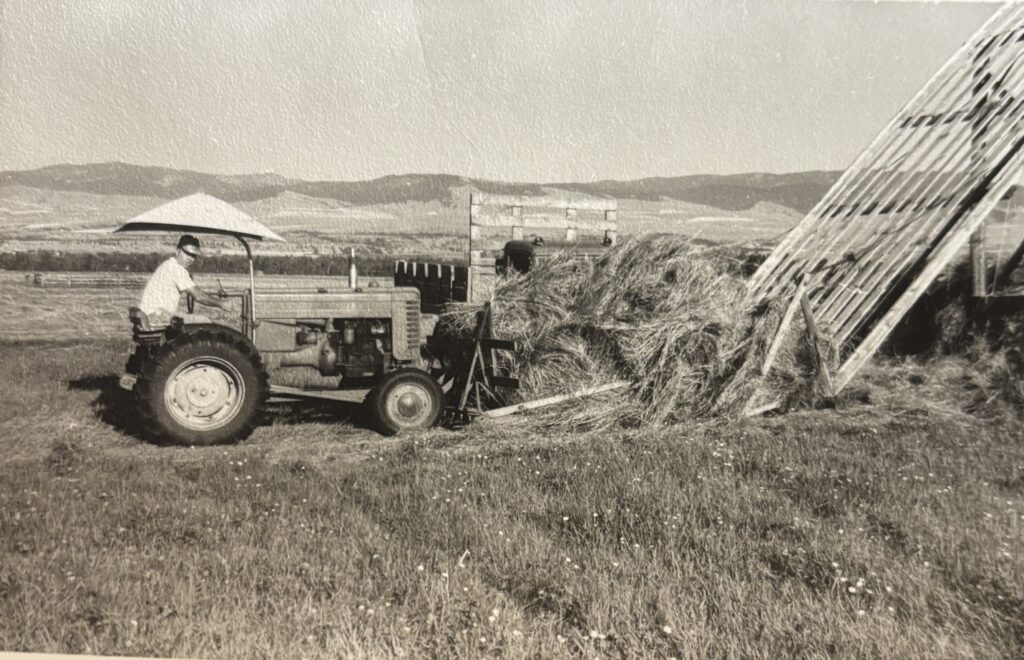
Active in the Victor agricultural community, the Buker family were founding members of the Big Creek Lakes Reservoir Association. They helped to build the original Big Creek Lakes dam between 1897-1906. The water was used to provide late season irrigation to approximately 2,500 acres of ranch/farmlands. Following Buker generations have maintained involvement as officers of the Big Creek Lakes Reservoir and have been pivotal in the maintenance and operation of the dam itself, including its total rebuild in the 1970s.
The Big Creek drainage serves as an important habitat corridor and thoroughfare for the many species of wildlife on the west side of the valley. The Buker Ranch’s large, open and unfenced irrigated fields provide foraging habitat for herds of elk, raptors, migrating birds, and owls. Whitetail deer graze the property year-round, and a pond on the property serves as teaching grounds for various birds to teach their young to hunt.
As rural areas like the Bitterroot Valley continue to experience unprecedented growth and subdivision, the threat of losing agricultural lands, water resources, and open space are at an all-time high. The rapid growth of the valley was one of the driving factors for the Bukers to pursue the conservation easement with BRLT.
“The growth the Bitterroot is experiencing had a huge impact on pursuing the conservation easement – and, the fact that we know that it will be intact forever,” says Clarissa. “At one point our family thought we were going to have to sell the ranch, and we didn’t want to. We thought, there’s got to be some way to keep it. And that’s when we found out about the land trust and the conservation easement.”
The project was made possible thanks to federal funding received from the US Department of Agriculture Natural Resources Conservation Service’s (NRCS) Regional Conservation Partnership Program (RCPP), and local bond dollars from the county-voted Ravalli County Open Lands Bond Program.
“I’ve lived out here my whole life, and you never realize that it might be gone someday. Mom and dad would be proud,” says Clarissa.
Thank you to the Buker family for your vision for conservation, and for helping to keep a spectacular property in-tact for future generations.
“We have no regrets that we did this. It’s more fulfilling every day. Somebody way back there from the Buker family is going, wow…. I can’t believe the ranch is still there today.”
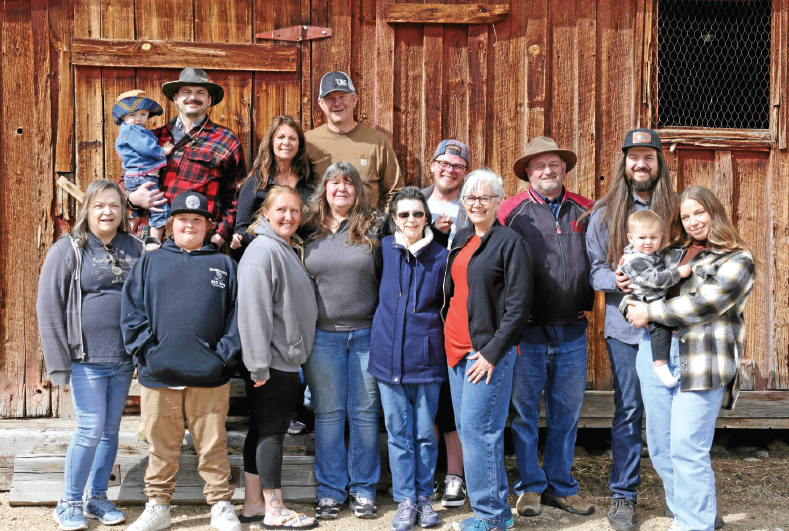
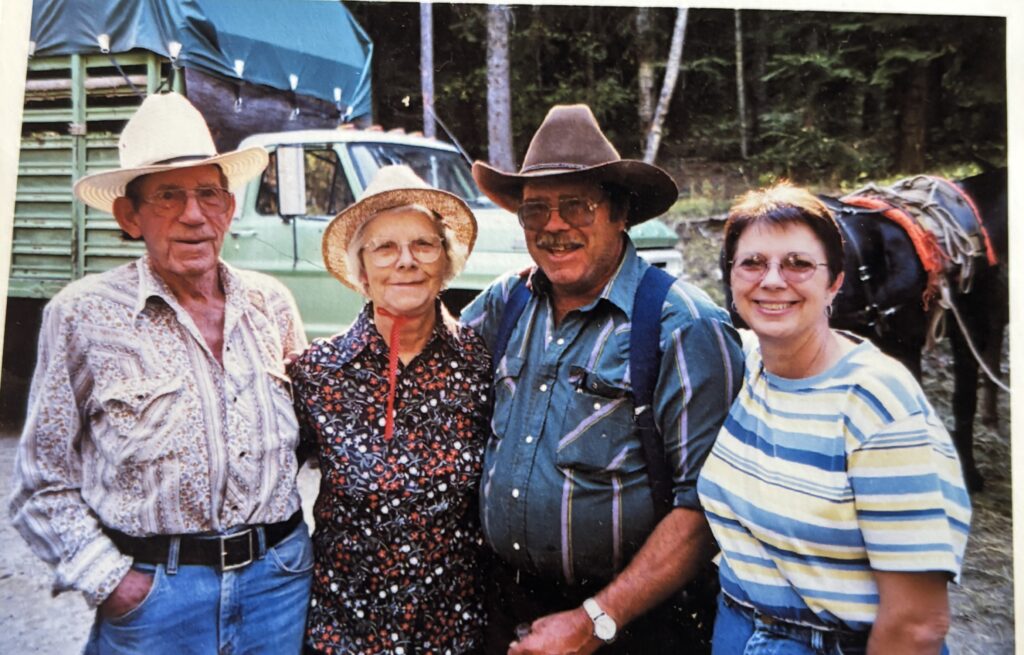


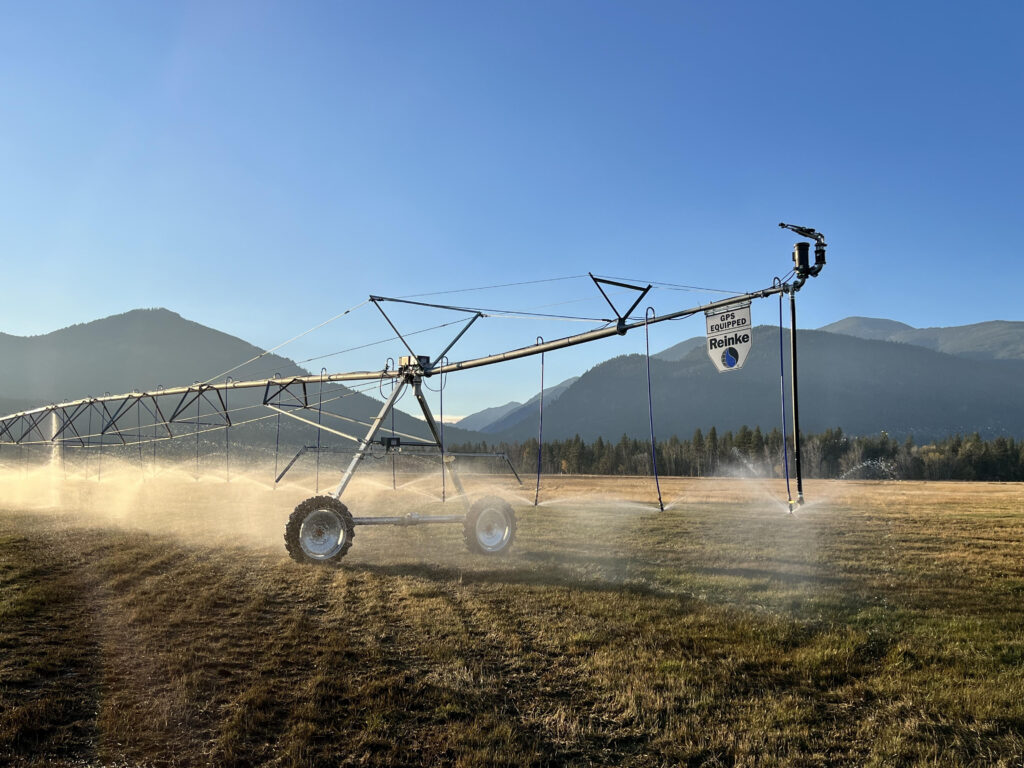
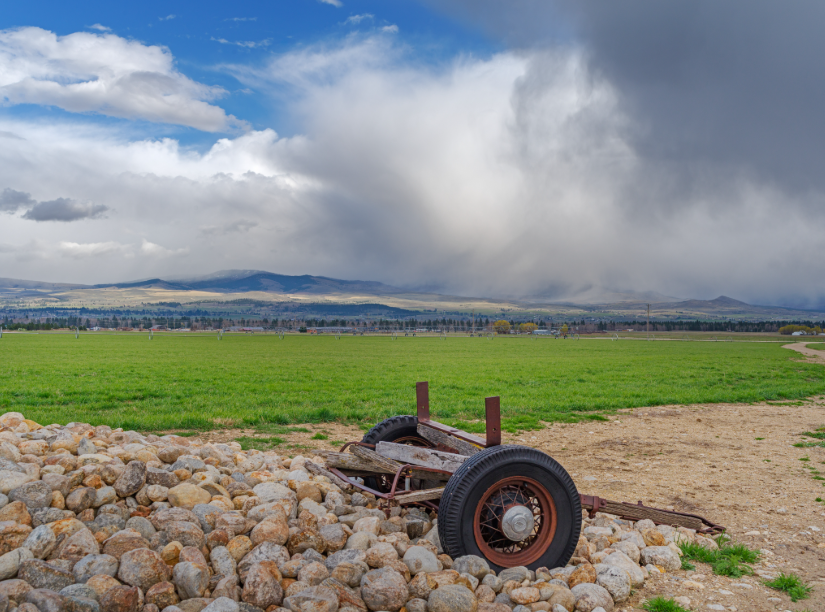
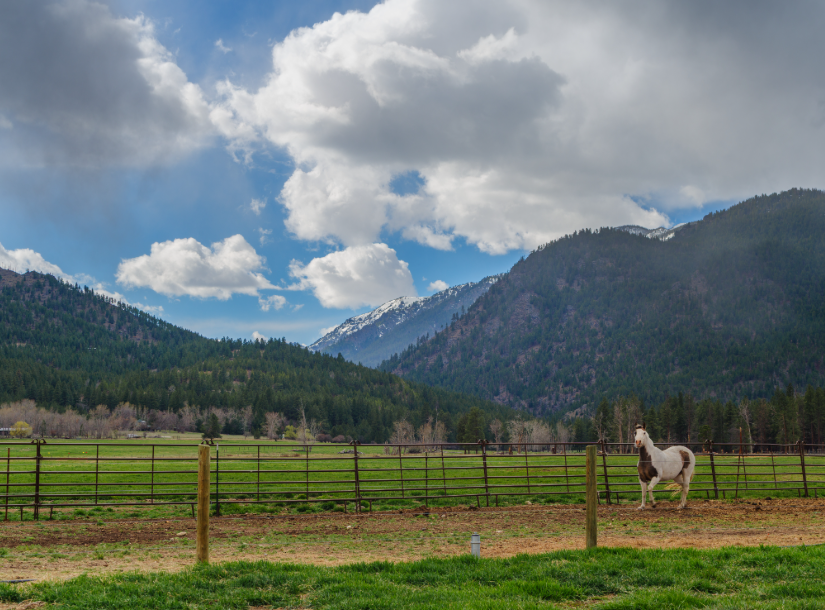
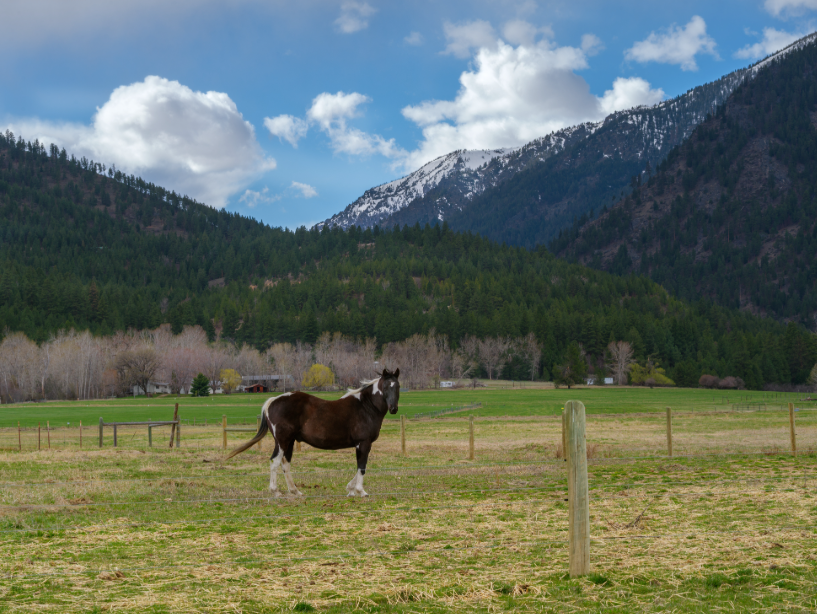
To learn more about the Ravalli County Open Lands Program, visit the Ravalli County website. To learn more about the NRCS RCPP program, click here.
Photos courtesy of the Buker family
